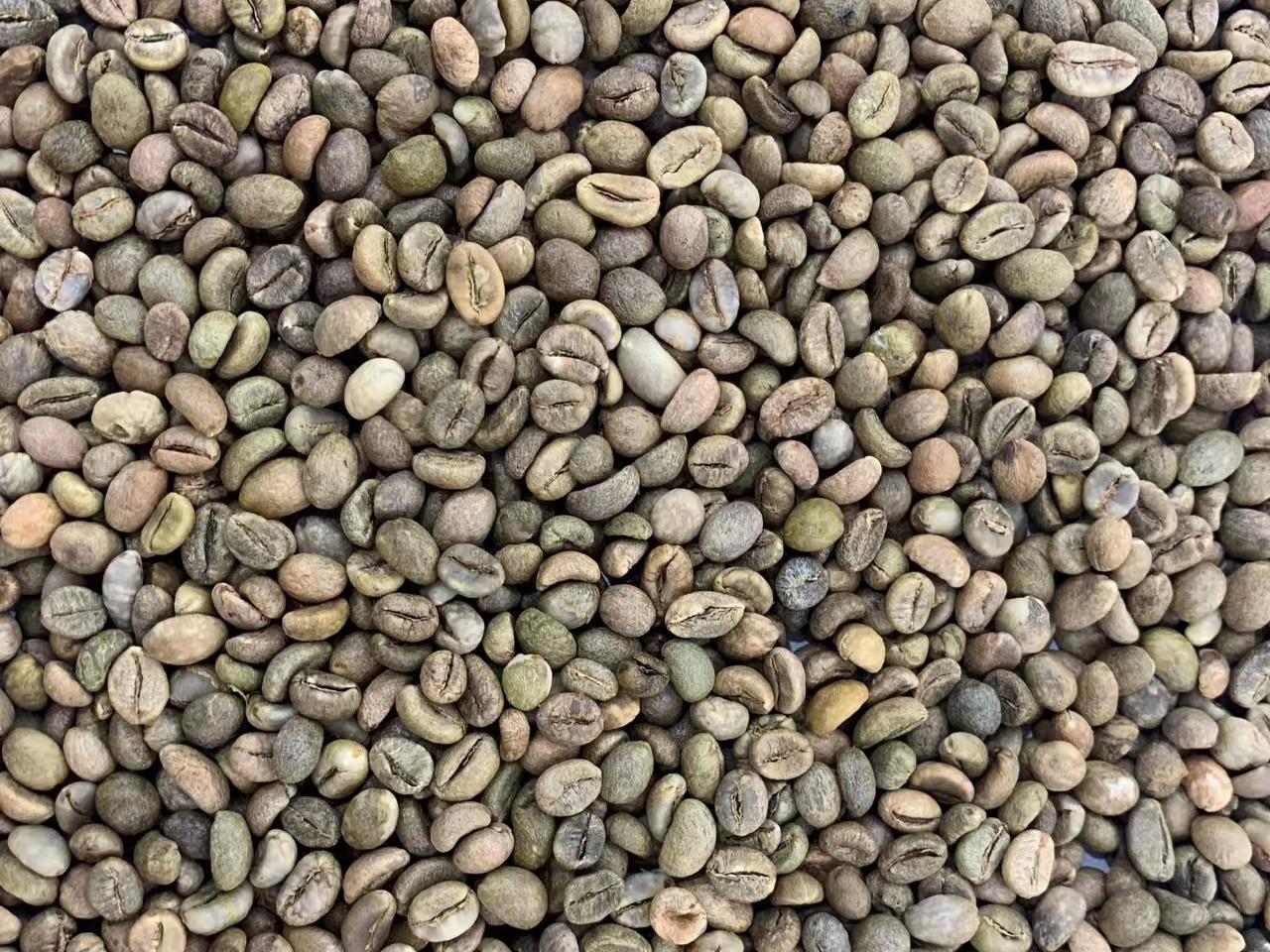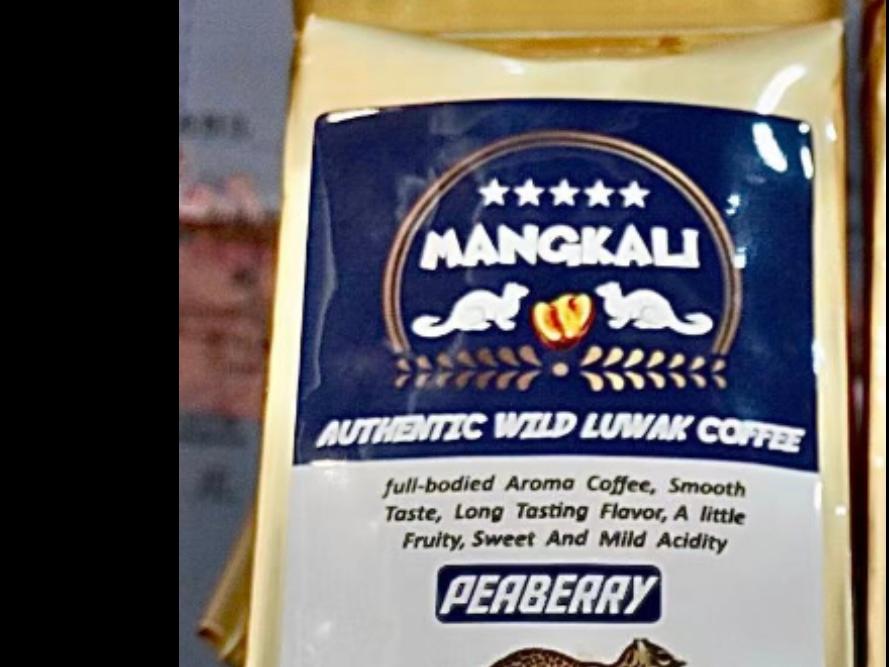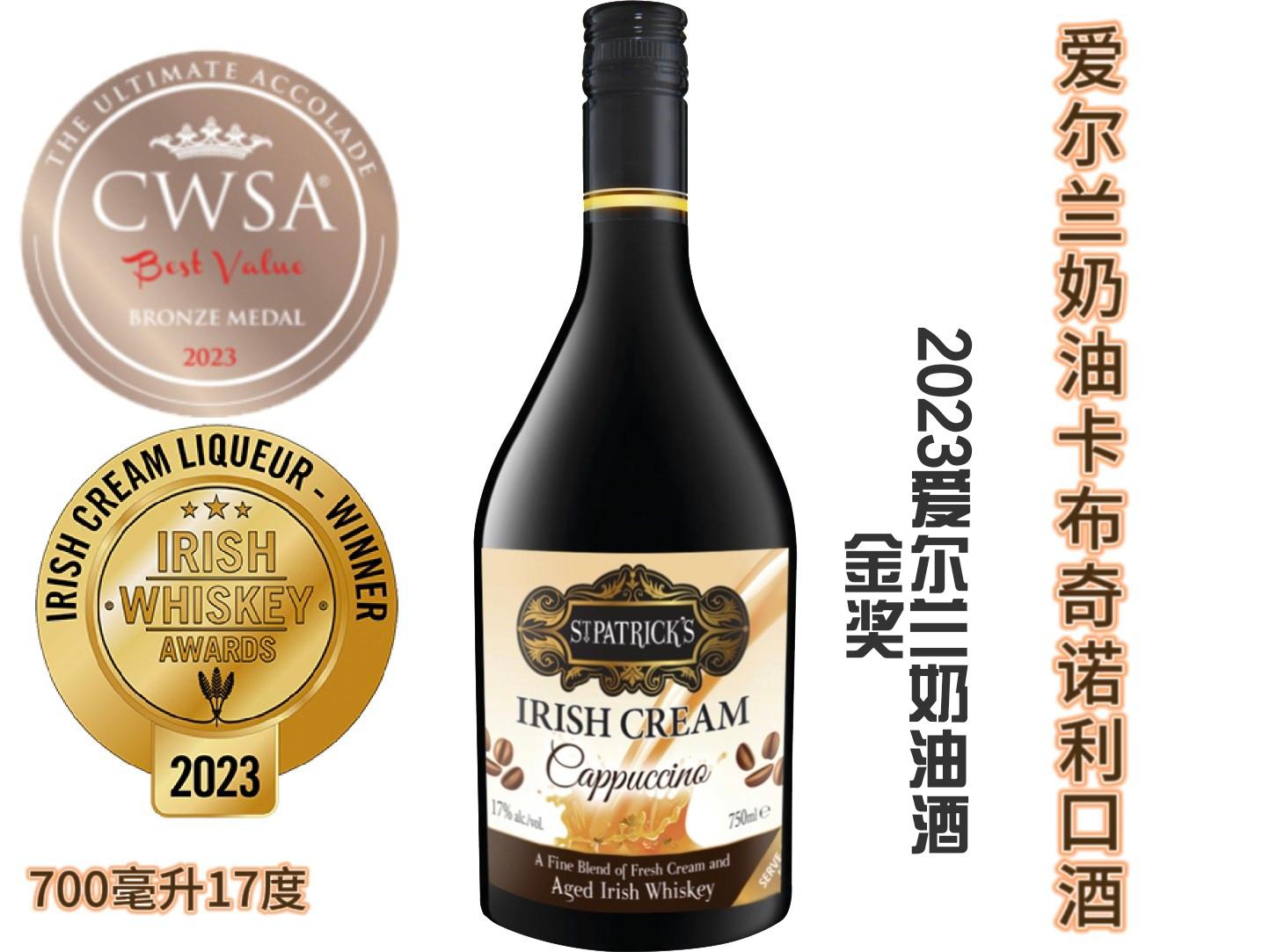coffee bean
展商:DIEU PHU IMPORT EXPORT COMPANY LIMITED
原产国/地区:越南
Material/Composition: Vietnam coffee beans are primarily harvested from the robusta variety (Coffea canephora), although arabica (Coffea arabica) is also cultivated in smaller quantities. Robusta beans are known for their higher caffeine content, thicker crema, and a more bitter, earthy flavor compared to arabica beans. The beans are green when raw and turn a deep brown upon roasting. Vietnamese coffee is often processed using a traditional method that enhances its distinct taste. Visual Characteristics: Raw robusta beans are oval-shaped, with a straight, central crease. After roasting, the beans become dark brown and develop an oily sheen. The aroma of roasted beans is robust, with earthy and nutty notes. Main Application: Vietnamese coffee is widely used in various traditional coffee beverages. The most iconic preparation is "cà phê sữa đá" (iced coffee with sweetened condensed milk), where the strong, brewed coffee is combined with sweetened condensed milk and ice. Another popular preparation is "cà phê phin," which involves brewing coffee using a traditional drip filter called a "phin." Additionally, Vietnamese coffee is used in culinary recipes and desserts, such as coffee-flavored cakes and ice creams. Historical and Cultural Significance: Coffee cultivation in Vietnam began in the late 19th century during French colonial rule and has since grown to make Vietnam one of the largest coffee producers in the world. Coffee holds a significant place in Vietnamese culture, with unique preparation methods and a strong coffee-drinking tradition. Preservation and Handling: To maintain freshness and flavor, coffee beans should be stored in an airtight container, away from light, heat, and moisture. Whole beans should be ground just before brewing to preserve their aromatic oils and flavor. Roasted beans should be used within a few weeks for the best taste experience.
展品详情
Material/Composition: Vietnam coffee beans primarily come from the robusta variety (Coffea canephora), which is renowned for its high caffeine content and bold, earthy flavor. A smaller proportion of arabica (Coffea arabica) beans is also grown, known for its milder and more complex flavor profile. The beans are green before roasting and turn a deep brown with an oily sheen after roasting. Vietnam’s coffee beans often undergo unique processing methods that contribute to their distinctive taste.
Visual Characteristics: Raw robusta beans are small, round, and have a straight crease along one side. After roasting, the beans become dark brown with a glossy surface due to the oils released during roasting. The roasted beans emit a strong, earthy aroma.
Main Application: Vietnamese coffee is used to create a variety of traditional beverages. The most notable is "cà phê sữa đá" (iced coffee with sweetened condensed milk), where the strong coffee is brewed using a drip filter known as a "phin" and mixed with sweetened condensed milk and ice. Another preparation is "cà phê phin," which highlights the traditional drip brewing method. Vietnamese coffee is also featured in various culinary applications, including coffee-flavored desserts and dishes.
Historical and Cultural Significance: Coffee cultivation in Vietnam dates back to the late 19th century, introduced by French colonists. Today, Vietnam is one of the world’s largest coffee producers, and coffee has become a central part of Vietnamese culture. The traditional brewing methods and distinctive flavors have shaped Vietnam’s coffee heritage.
Preservation and Handling: To maintain the freshness and quality of coffee beans, they should be stored in an airtight container in a cool, dark place, away from moisture and light. Whole beans are best used within a few weeks of roasting to preserve their flavor and aroma. Grinding beans just before brewing helps ensure the best taste and quality





